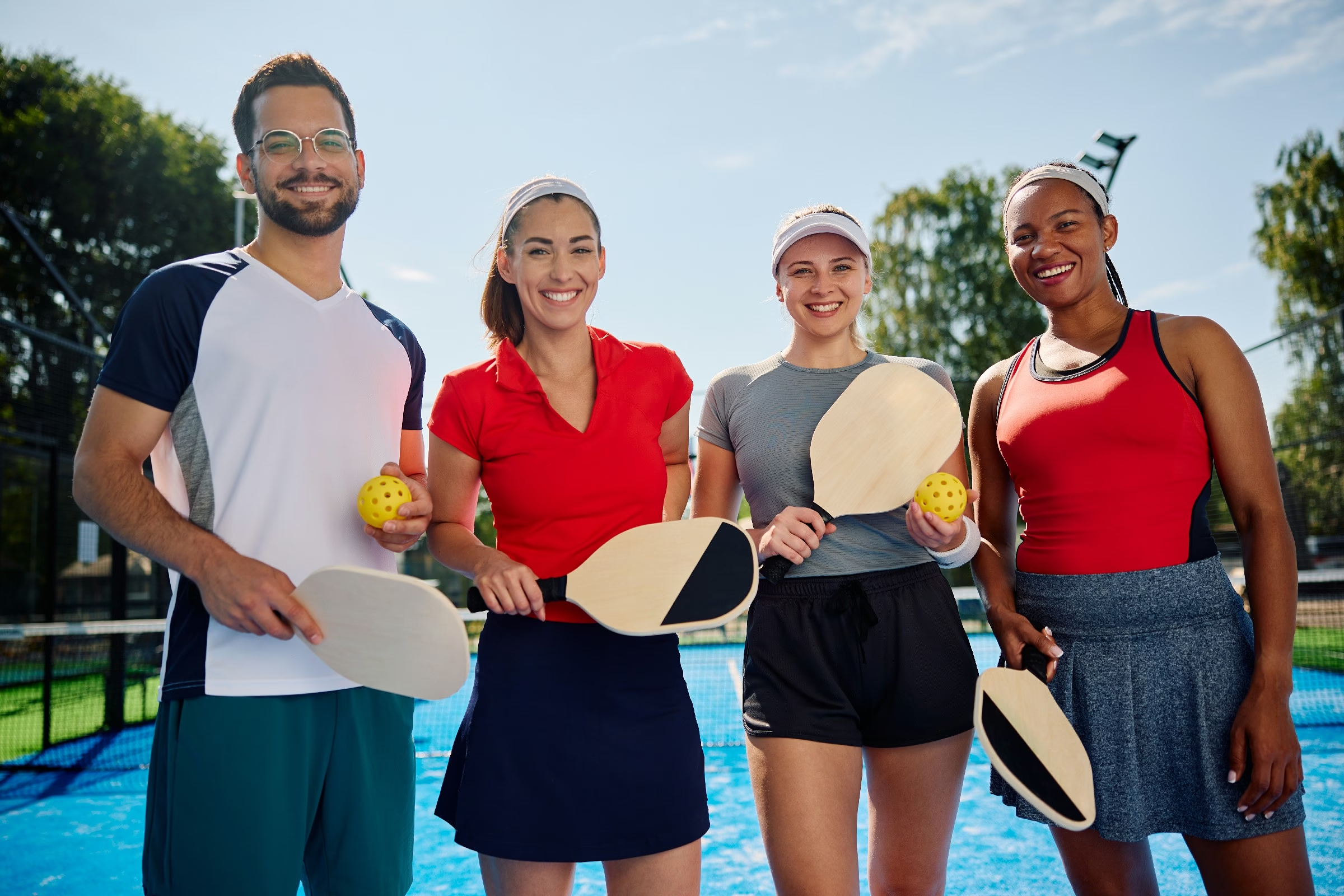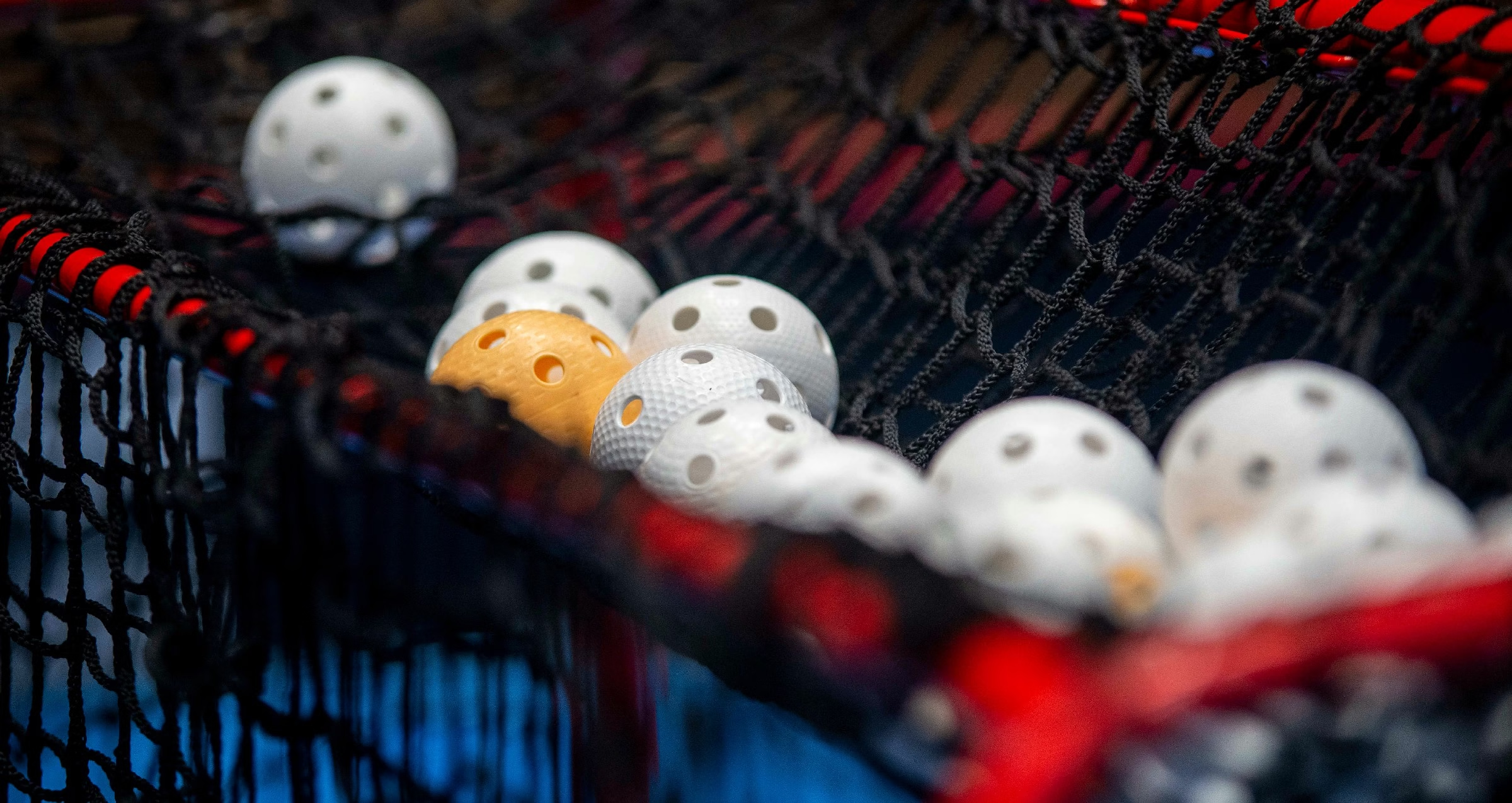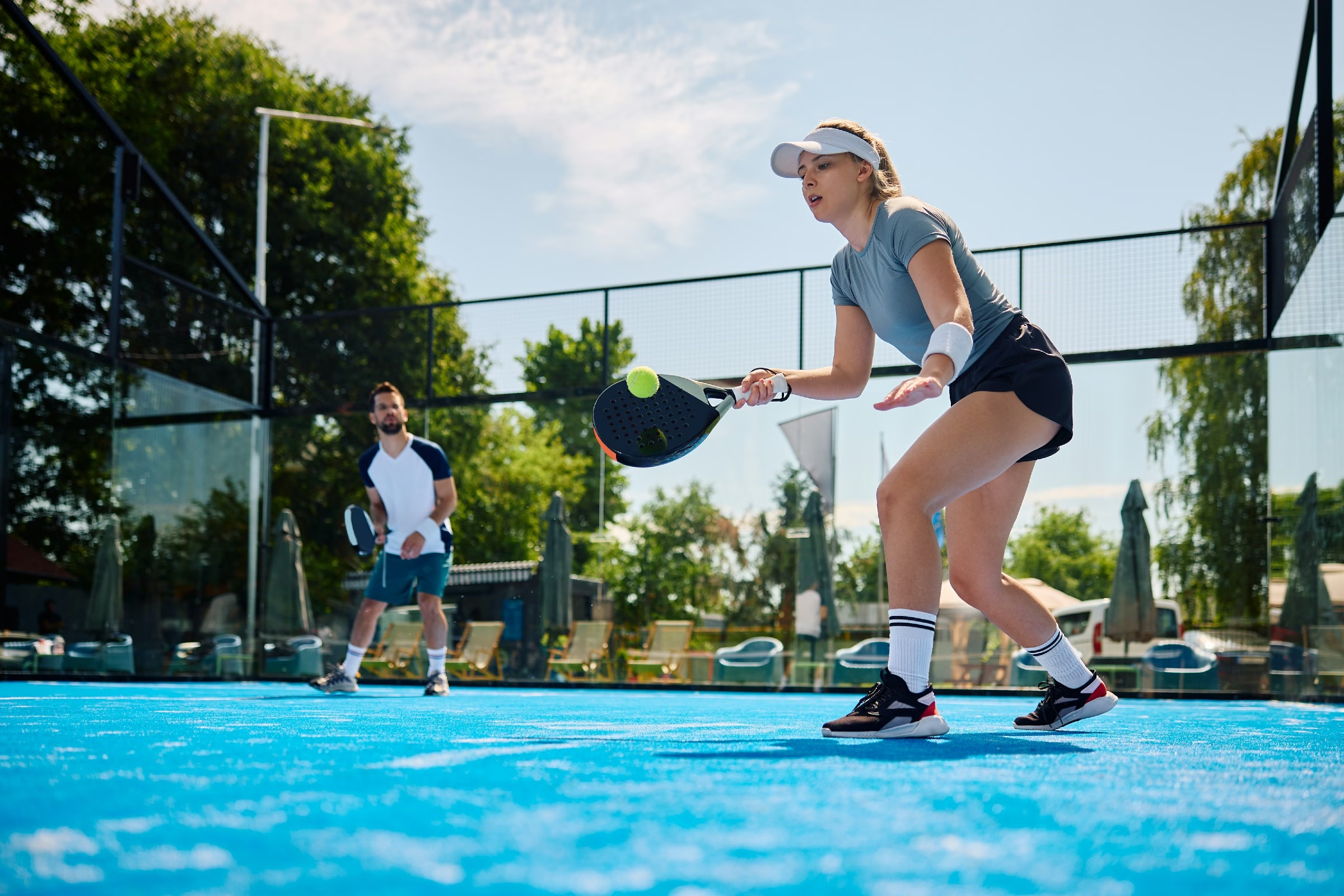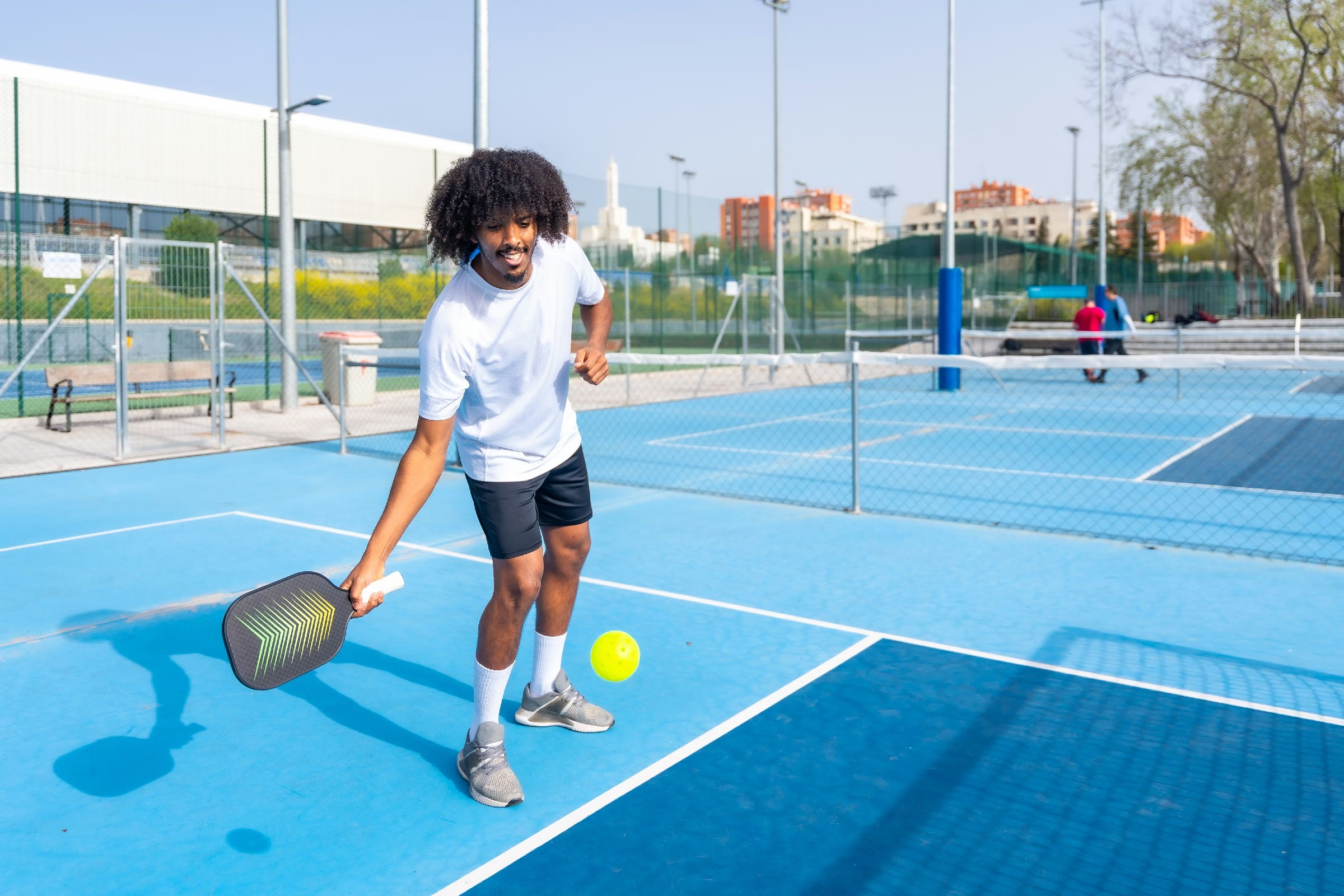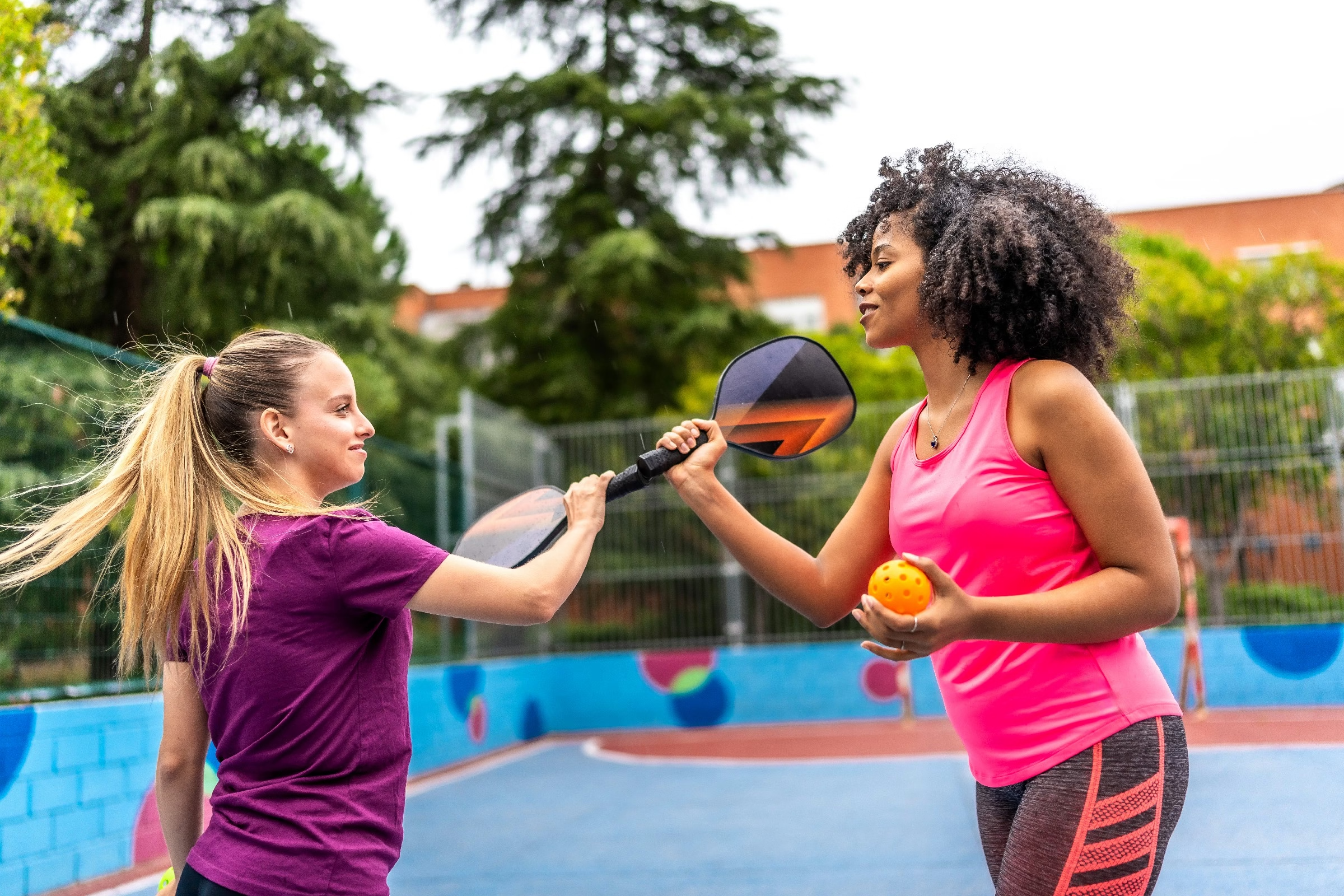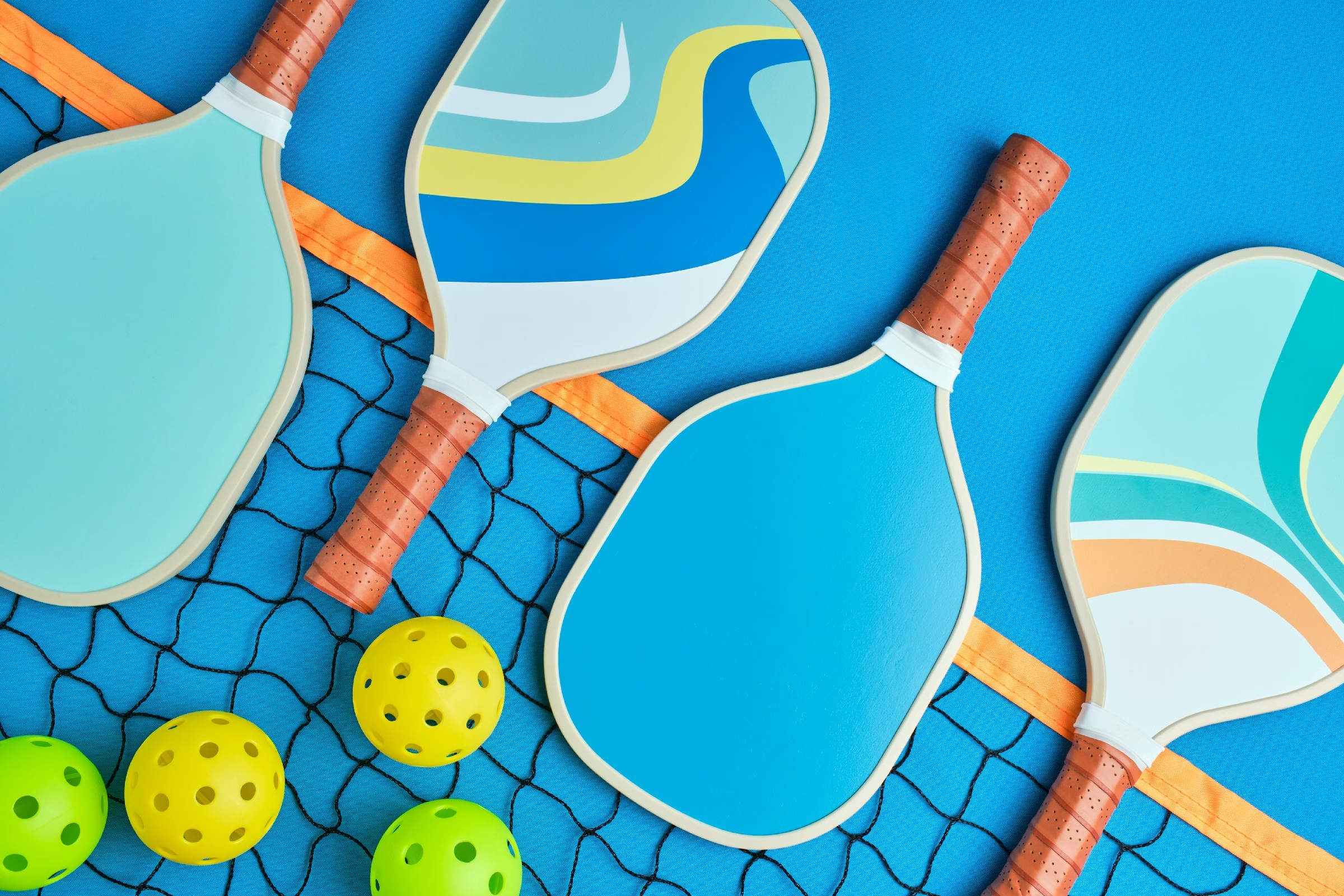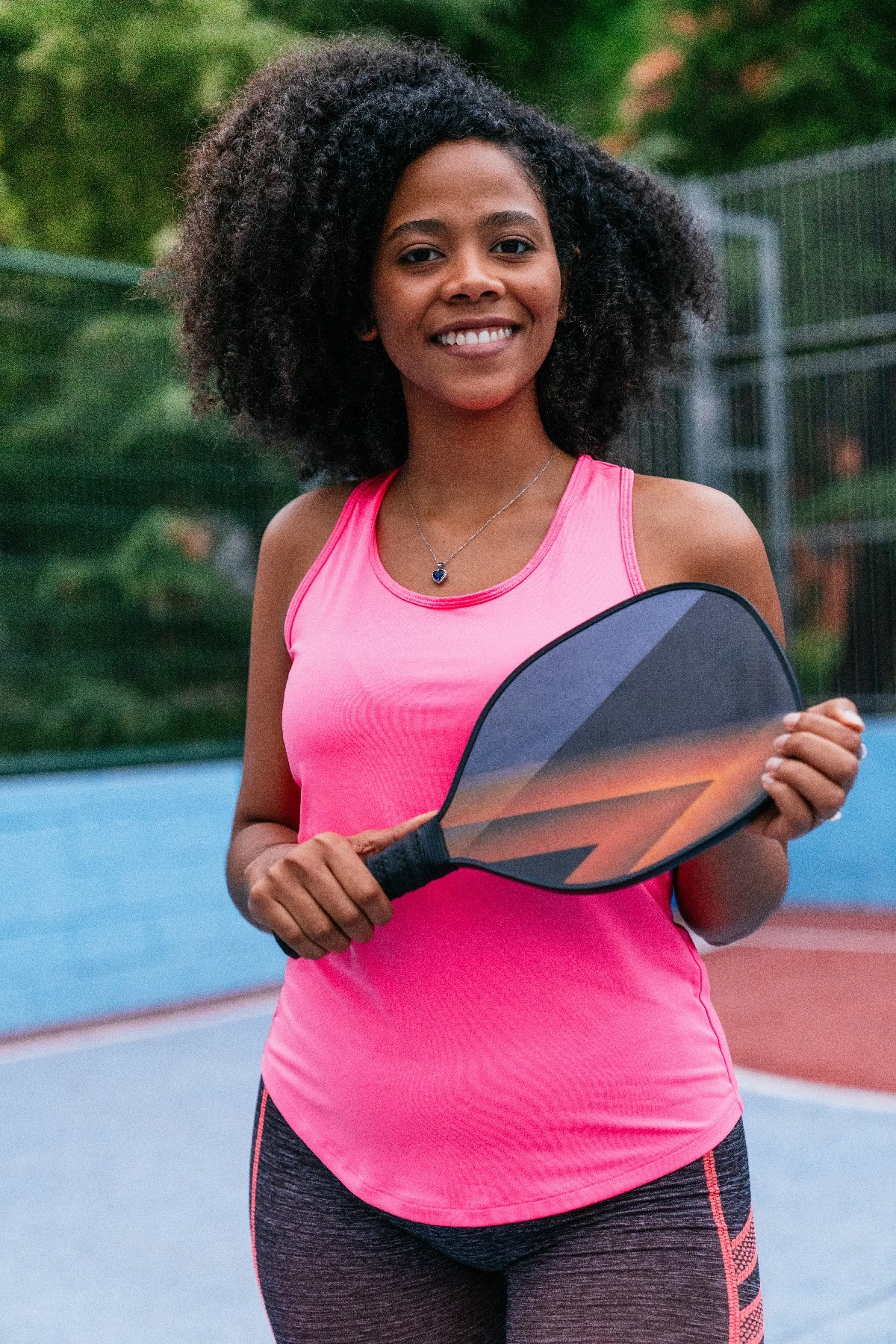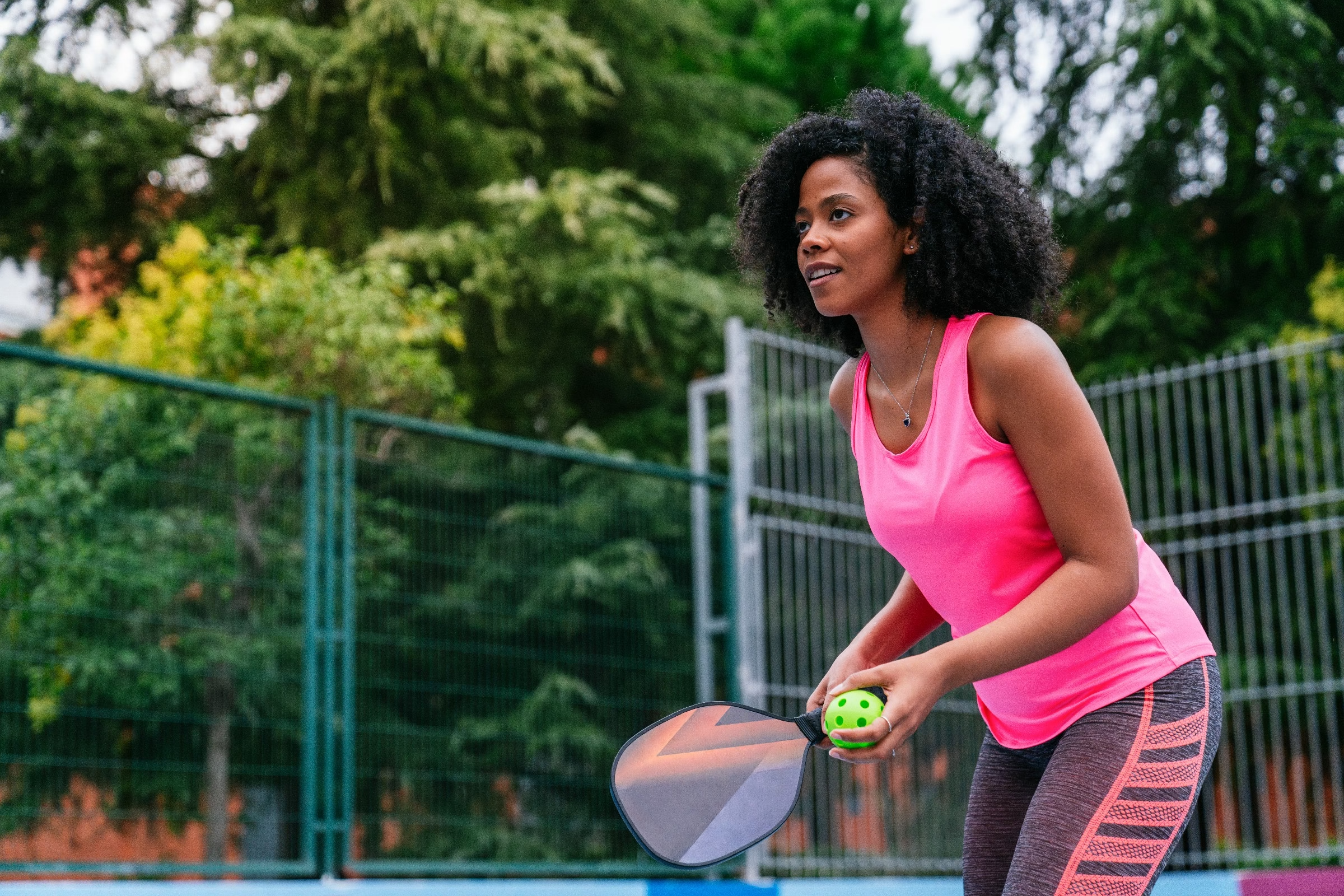Blog
is pickleball paddle ball
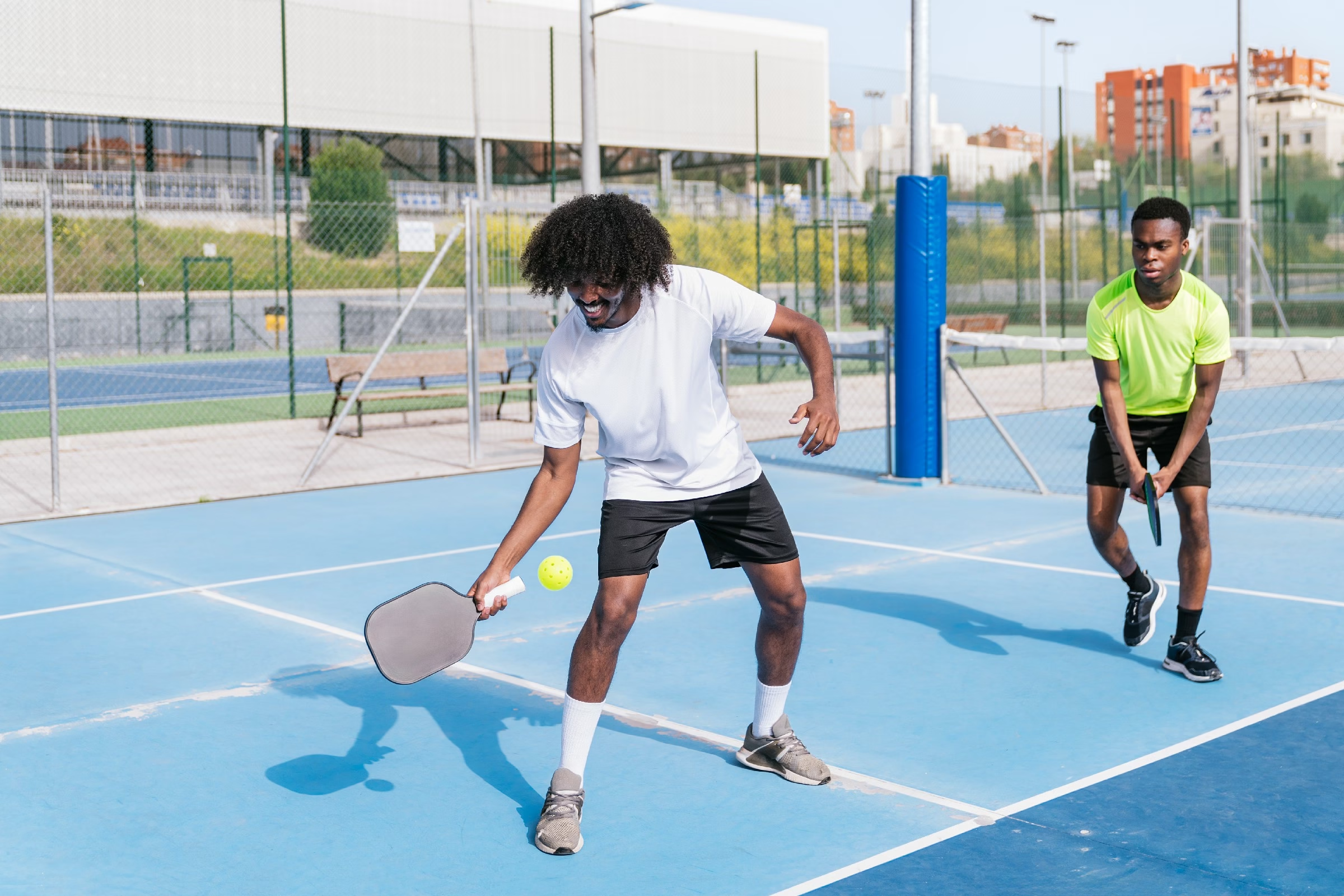
Pickleball: A Game of Paddles adn Balls
in the ever-evolving landscape of sports, few games have surged in popularity quite like pickleball. Combining elements of tennis, badminton, and table tennis, this unique racket sport has captured the hearts of players across all age groups.But as the buzz around pickleball continues to grow, a essential question arises: is pickleball paddle ball? This inquiry prompts a deeper examination of the sport’s distinct attributes, equipment, and gameplay mechanics. As we delve into the nuances of pickleball, we will explore the characteristics that make it both a paddle sport and a ball game, shedding light on its rules, history, and the vibrant community that surrounds it. Join us as we navigate the playful court of definitions and discover what truly defines this engaging pastime.
Table of Contents
- Understanding the Core Differences Between Pickleball and Paddleball
- The Evolution of Pickleball: Origins and Growing Popularity
- Choosing the Right Equipment: A Guide to Pickleball Paddles
- Exploring Game Mechanics: How Pickleball Differs from Traditional Paddleball
- Strategies for Success: Techniques to Enhance Your Pickleball Game
- Community and Culture: The Social Side of Pickleball and Its Players
- Q&A
- In Summary
Understanding the Core Differences Between pickleball and Paddleball
While both pickleball and paddleball share similarities as racquet sports enjoyed on smaller courts, they differ significantly in various aspects. The most notable difference lies in their equipment: pickleball uses a lightweight paddle and a perforated plastic ball, whereas paddleball employs a solid paddle and a rubber ball. This distinction not only influences gameplay dynamics but also affects player strategies and skills. Additionally, the court dimensions and net height in pickleball are tailored for a unique playing experience, making it crucial for players to adapt their techniques accordingly.
The gameplay rules in these sports further set them apart. In pickleball, players serve underhand and must allow the ball to bounce once before returning it. Meanwhile,paddleball allows for a wide range of serving styles,including overhand serves. Furthermore, pickleball incorporates a ‘kitchen’ area, a seven-foot zone near the net where volleys are prohibited, adding another layer of strategy. Paddleball does not have such a restriction, allowing players to volley anywhere on the court, which can lead to quicker exchanges.
Another important difference can be observed in the player demographics.Pickleball has surged in popularity across various age groups, particularly among older adults seeking a low-impact sport that combines elements of tennis, badminton, and ping-pong. In contrast, paddleball has a dedicated following, often attracting younger players who are drawn to the fast-paced nature of the game. Below is a table summarizing these core differences:
| Feature | Pickleball | Paddleball |
|---|---|---|
| Equipment | Lightweight paddle, perforated ball | Solid paddle, rubber ball |
| Serving Style | Underhand serve only | Variety of serves allowed |
| Volley Restrictions | Kitchen area prohibiting volleys | No volley restrictions |
| Player Demographics | Popular among older adults | Attracts younger players |
The Evolution of Pickleball: Origins and Growing Popularity
The roots of this popular sport can be traced back to the summer of 1965 when it was invented by a group of friends—Joel Pritchard, Bobby Riggs, and Bill Bell. They were motivated to create a fun family activity that could be enjoyed by all ages,initiating the game with a combination of existing sports like tennis,badminton,and table tennis. The original version used improvised equipment, including a badminton net, some wooden paddles, and a perforated plastic ball. This eclectic mix laid the groundwork for what pickleball would eventually become, showcasing a spirit of innovation and camaraderie.
Over the years, the game evolved significantly. The first official rules were established in 1965, and in 1984, the USA Pickleball Association (USAPA) was formed to oversee the growth of the sport.Pickleball saw its first tournament in 1976, which helped to spark greater interest, leading to its inclusion in community centers and schools nationwide. Nowadays, pickleball has transcended its humble beginnings, attracting a diverse player base.With its easy-to-learn nature, it has become especially popular among seniors, contributing to the sport’s rapidly expanding demographic.
The game’s appeal continues to surge, fueled by various factors such as social interaction, accessibility, and health benefits. The recent pandemic sparked a huge uptick in outdoor sports, and pickleball perfectly fits this trend, offering a safe, engaging physical activity. Currently, it is played in local parks, recreational facilities, and even dedicated pickleball clubs, leading to an increase in equipment sales and community events. Here’s a brief overview of the factors boosting its popularity:
| Factors Contributing to Popularity | Description |
|---|---|
| Social Connections | Encourages community engagement and socializing. |
| accessibility | Easy to learn for all ages, requiring minimal equipment. |
| Health Benefits | Excellent cardio workout and enhances hand-eye coordination. |
choosing the Right Equipment: A guide to Pickleball paddles
When selecting a pickleball paddle, it’s essential to consider various factors that can influence your game. Start by evaluating the material of the paddle, which typically falls into three categories: wood, composite, and graphite. Each material has its unique advantages; as an example, wooden paddles are durable and budget-pleasant, while graphite paddles offer enhanced performance and lightweight options. Depending on your play style and skill level, you might lean towards one material over the others.
The weight of the paddle is another critical aspect to think about. Paddles generally range from 6 to 14 ounces. Lighter paddles provide better maneuverability, making them ideal for quick wrist movements and fast exchanges at the net. In contrast, heavier paddles frequently enough deliver more power on shots, benefiting players who prioritize strength and stability in their swings. Finding the right balance between weight and control can greatly enhance your playing experience.
consider the grip size which can significantly affect your comfort and performance on the court.A proper grip allows you to maintain better control during play, reducing the chance of mishaps. Make sure to choose a grip size that suits your hand—most paddles come in standard sizes like small, medium, and large. If you’re unsure, trying out different paddles can definitely help you discover the best fit. Remember to also think about the paddle’s shape and design, as these can influence your personal style and how the paddle feels during gameplay.
Exploring Game Mechanics: How Pickleball Differs from Traditional Paddleball
When comparing pickleball to traditional paddleball, it’s essential to understand that while they share similarities, their mechanics create distinct experiences for players.Pickleball incorporates elements of both tennis and table tennis,utilizing a larger court and a lighter,perforated ball. This design promotes a unique style of play characterized by a combination of strategic positioning and quick reflexes. In contrast, traditional paddleball is typically played on a smaller court with a solid ball, largely emphasizing power and accuracy over finesse.
The scoring system in each game further highlights their differences. In pickleball, players can only score points when serving, offering a more strategic approach to each rally. This allows players to develop a rhythm and plan their shots more thoughtfully, extending the game duration and increasing its competitive nature. Simultaneously occurring,traditional paddleball can result in faster-paced scoring due to its all-play format,where points can be gained by either player regardless of who is serving.
Another notable difference lies in the equipment used in each sport. The paddles utilized in pickleball are typically wider and contain a larger striking surface, which can enhance control and accuracy, especially for beginners. The lightweight nature of the pickleball itself necessitates a gentle yet precise swing, promoting long rallies and exciting exchanges. Conversely, traditional paddleball paddles are generally heavier, designed for power and speed, making for a more aggressive gameplay style. To depict these contrasting features, the table below summarizes the key aspects:
| Feature | Pickleball | Traditional Paddleball |
|---|---|---|
| Court Size | 20 x 44 feet | smaller, variable |
| Ball Type | Plastic, perforated | Solid |
| Scoring | Only on serve | Both players can score |
| Paddle Design | Wider, lightweight | narrower, heavier |
Strategies for Success: Techniques to Enhance Your Pickleball Game
To elevate your pickleball performance, it’s essential to focus on your technique. Start with your grip; ensure it is indeed relaxed yet firm, providing you with control over your shots. Investing time in footwork drills will improve your agility on the court. Practice these exercises:
- Dances with the Ball: Move in rhythm with the ball to enhance your response time.
- Shadow Drills: Mimic different shots even without a partner.
- Box Drill: Improve lateral movement and quick direction changes.
Another fundamental aspect is understanding the importance of strategy during play. It’s not just about power; placement and angles can frequently enough win matches. Consider these strategic approaches:
- targeting Weaknesses: Pay attention to your opponent’s weaknesses and play to them.
- Controlled Third Shot Drop: A soft shot that allows you to move to the net.
- Mixing Up shots: Vary your serves and returns to keep your opponent guessing.
| Technique | Benefit |
|---|---|
| Effective Serve | Starts point in your favor |
| Strong Volleys | Pressure opponent and gain control |
| Strategic Positioning | Reduces opponent’s options |
Community and Culture: The Social Side of Pickleball and Its Players
Pickleball is more than just a game; it’s a vibrant community where friendships blossom over a shared love for the sport. Players come from various backgrounds and skill levels, uniting to create a welcoming atmosphere. This camaraderie is evident in local clubs and community centers, where players gather not only for matches but for social events that strengthen bonds and foster a sense of belonging. Participants often take on new roles, from mentoring beginners to organizing tournaments, enhancing the feeling of community.
These gatherings frequently enough extend beyond the court. Many pickleball players find joy in informal get-togethers, such as potlucks, picnics, and themed parties. Here’s a glimpse of popular events that highlight the social aspect of the sport:
| Event | Description |
|---|---|
| Game Nights | Regular evening meetups for friendly matches. |
| Seasonal Tournaments | Competitive play with fun prizes and community vibes. |
| Social Mixers | An opportunity for players to bond and share tips. |
The culture surrounding pickleball is equally diverse,echoing the personalities of those who play it.Enthusiasts celebrate achievements, no matter how small, recognizing personal milestones with enthusiasm. Stories of underdogs triumphing and seasoned players sharing wisdom contribute to a rich narrative that encompasses camaraderie, respect, and wholesome competition. This unique blend not only enhances the game but also creates lasting memories and friendships, making every paddle swing a potential connection.
Q&A
Q&A: Is Pickleball Paddle Ball?
Q: What is pickleball?
A: Pickleball is a racquet sport that combines elements of tennis, badminton, and ping pong. Played on a court similar to a squash court, players use paddles to hit a lightweight plastic ball with holes, known simply as a pickleball.
Q: Is pickleball the same as paddle ball?
A: While they share some similarities, pickleball and paddle ball are distinct sports. Paddle ball generally refers to games played with a solid paddle and often involves hitting a ball against a wall. Pickleball, on the other hand, is typically played on a designated court with a net and allows for a more complex style of play.
Q: what type of paddle is used in pickleball?
A: Pickleball paddles are usually made of wood or composite materials,featuring a solid hitting surface but unlike the paddles used in traditional paddle ball,which are frequently enough smaller and can vary in design.The larger surface in pickleball paddles allows for more control when striking the perforated ball.
Q: What kind of ball is used in pickleball?
A: The ball used in pickleball is a lightweight plastic ball, often illuminated with holes to reduce wind resistance. This distinctive ball adds another layer of strategy to the game, differentiating it from the denser and more solid balls typically used in paddle ball.
Q: Are the rules of pickleball different from those of paddle ball?
A: Yes, the rules of pickleball are unique and include specific regulations about the court size, scoring, and serving. in pickleball, for instance, there’s a “kitchen” area that players must remain outside of when volleying, a concept that does not exist in standard paddle ball.
Q: Can someone who plays paddle ball easily transition to pickleball?
A: Many skills from paddle ball, such as hand-eye coordination and spatial awareness, can translate well into pickleball. However, players may need to adjust to the unique rules and gameplay dynamics of pickleball, including the need to strategize around the net and the specific scoring system.
Q: Why is it important to distinguish between pickleball and paddle ball?
A: Understanding the difference helps promote clarity within the sports community and aids players in finding the right equipment,facilities,and instructions tailored to each sport. Each game has its enthusiasts and unique community, offering different experiences for players.
Q: What is the appeal of pickleball compared to paddle ball?
A: Pickleball’s growing popularity can be attributed to its accessibility for players of all ages and skill levels. Its combination of strategy,social interaction,and physical activity creates an engaging habitat that attracts a diverse range of participants,sometimes overshadowing the more niche appeal of paddle ball.
Q: Can you play pickleball and paddle ball in similar locations?
A: pickleball is often played in dedicated sports facilities designed for its specific court dimensions, while paddle ball can be played on any flat surface that allows for consistent bouncing. However, some venues may accommodate both sports with the appropriate setups.
Q: is pickleball paddle ball?
A: Although both sports utilize paddles and involve similar movements, pickleball and paddle ball are two separate entities with distinct rules, equipment, and playing styles. Understanding these differences can enhance your thankfulness of each game and foster a stronger sports community.
In Summary
the question of whether pickleball qualifies as a paddle ball sport invites a nuanced exploration of terminology and sport classification. while some enthusiasts may assert that its unique rules and gameplay distinguish pickleball from traditional paddle ball games,others find common ground in the shared use of paddles and balls in both.Ultimately, the joy of the game transcends definitions, uniting players of all backgrounds in a vibrant community. As you step onto the court—be it for a spirited match of pickleball or paddle ball—remember that the essence lies not solely in the name, but in the friendships forged, the skills honed, and the sheer delight of play. Whether you call it pickleball or paddle ball, the critically important thing is to enjoy the game and the connections it brings. Happy playing!

